Thanks and Goodbye to the Man Who Helped Make ARM Workflows Go
Published: 26 August 2024
Perkins retires after 30 years with ARM; other moves occur among ARM Data Center, mobile facility operations, and calibration staff
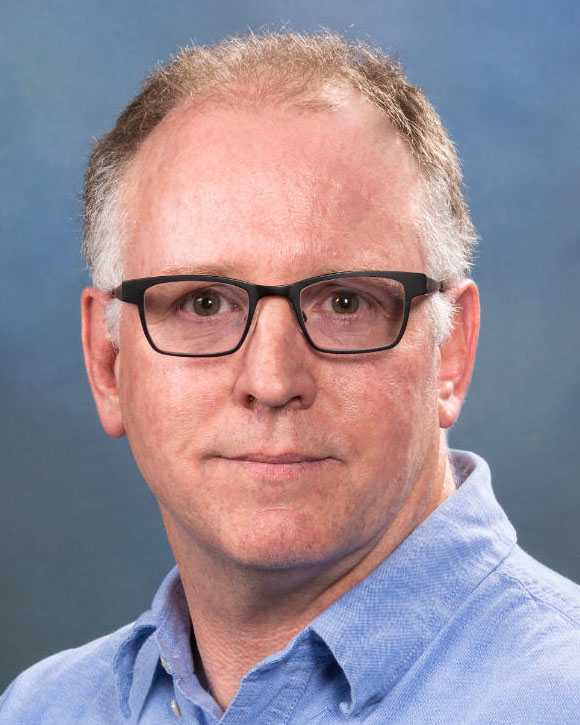
On August 15, 2024, software engineer Brad Perkins wrapped up his 30-year career with the Atmospheric Radiation Measurement (ARM) user facility. He will officially retire from Los Alamos National Laboratory (LANL) in New Mexico at a later date.
Perkins served as ARM’s process support tools lead and the technical lead for the ServiceNow system, which staff at multiple institutions use to track and manage workflows across ARM.
He began working with ARM in 1994 developing operations software applications for LANL’s ARM Tropical Western Pacific (TWP) Program Office. The office was preparing for the 1996 deployment of the TWP’s first site on Manus Island, Papua New Guinea.
Perkins moved into ARM-wide tool development and support in the late 1990s and early 2000s. Out of all his ARM-related achievements, Perkins says he is proudest of designing, developing, and releasing the Operations Status System, a central collection point for all ARM site status information.
Another career highlight came in 2002, when he traveled to Australia to help manage the TWP Darwin facility installation.
In 2015 and 2016, Perkins led ARM’s migration to ServiceNow, which replaced three legacy software systems used to review, develop, and implement engineering changes, such as the addition of a new instrument or datastream. ARM used one of those legacy systems, ExtraView, for almost 20 years before moving to ServiceNow.
Through ServiceNow, registered ARM users can now request access to an ARM site or other resources, propose an engineering change, or ask for help.
In recent years, Perkins worked with colleagues at other labs to develop ARM’s Asset Management Tool, which links property tracking with data processing.
Perkins is known for his outstanding contributions to ARM and the user community, winning in four of the six years the ARM Service Awards have been held. He received individual honors in 2020 and 2024 and was part of team awards in 2021 and 2022.
After retiring from ARM and LANL, Perkins plans to travel, spend more time outdoors, and pursue local volunteer opportunities. ARM thanks him for his three decades of service and wishes him all the best as he embarks on new adventures.
The data tools team will now take on many of Perkins’ duties. Ken Burk has taken over as the lead for ServiceNow administration, while Sarah Fillmore will carry on ARM asset management work. Burk and Fillmore are both based at Pacific Northwest National Laboratory in Washington state.
ARM Moves to Fill Big Data Shoes

In an ARM career that spanned more than 15 years, Cory Stuart held many jobs, often all at once.
As the site data systems lead, Stuart was responsible for the collection, storage, transfer, and security of ARM data. He also oversaw ARM’s cyber security efforts, working to promote best security practices and testing systems and software for vulnerabilities.
After he moved in 2018 from Argonne National Laboratory in Illinois to Oak Ridge National Laboratory (ORNL) in Tennessee, his work grew to include leading the ARM Data Center’s systems administration team.
Earlier in 2024, Stuart left ARM and his ORNL position as group leader for sensor and data systems research and engineering to take a new position at the lab. He is now the team lead for digital hosting services.
“Cory has been a pleasure to work with, known for his excellent communication skills and unique sense of humor,” says ARM Chief Data and Computing Officer Giri Prakash, a colleague of Stuart’s at ORNL. “His invaluable contributions to ARM data services, particularly his leadership in managing the site data system and the ARM Data Center systems team, have been instrumental to our success.”
The ARM Data Center, which maintains more than 30 years of atmospheric measurements, collects and archives about 50 terabytes of data a month from sites around the world.
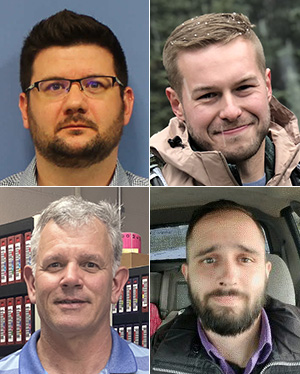
To help balance workloads, ARM decided to spread Stuart’s duties to four staff members:
- Argonne’s Pawel Lech is the new site data systems lead.
- ORNL’s Rob Records is the new lead for ARM Data Center systems administration.
- Argonne’s Seth Abernethy and ORNL’s Will Provenza are now responsible for ARM cyber security management. Abernethy is leading an effort to update ARM’s cyber security plan with Provenza’s help. Provenza is also overseeing the ARM Data Center’s cyber security plan.
“I want to thank Pawel, Rob, Seth, and Will for stepping up to lead these critical areas of ARM data management,” says Prakash. “Their leadership and dedication are vital to our continued success and reliability of our data services.”
In addition to his new role, Records continues to oversee reprocessing, ingest processing, and archival operations and workflows at the ARM Data Center. Provenza is a senior system administrator.
Abernethy previously served as the assistant systems engineer for site data systems before taking over from Stuart as lead systems engineer.
In his new job leading site data system operations, Lech will build on his previous management, maintenance, and design of ARM network and data collection infrastructure. Lech and Abernethy received 2024 ARM Service Awards for saving the majority of data from the Eastern Pacific Cloud Aerosol Precipitation Experiment (EPCAPE) in La Jolla, California, after a system failure in October 2023.
Metadata Flow Lead Role Changes Hands
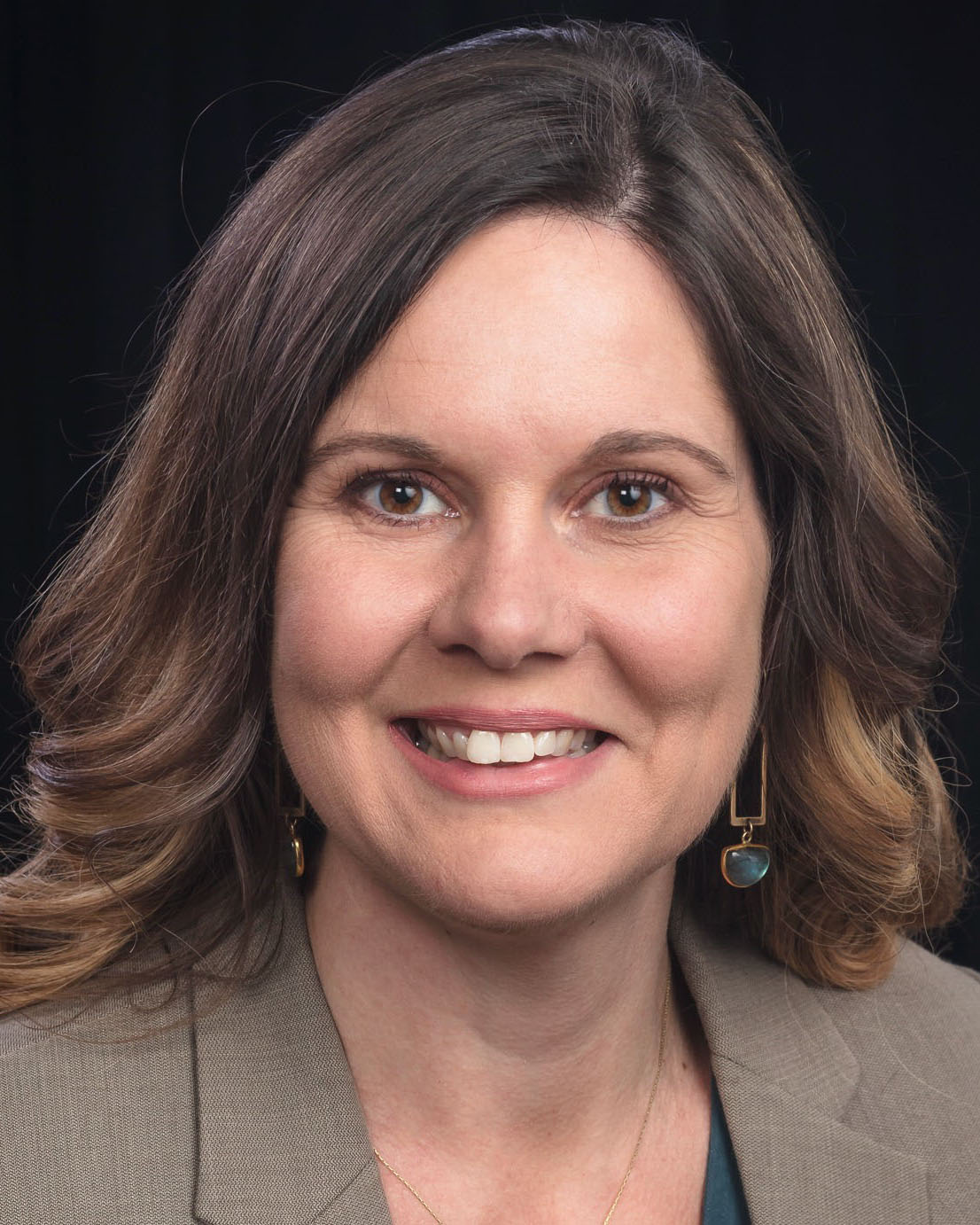
Maggie Davis departed the ARM Data Center after seven years, with Hannah Collier succeeding her as ARM’s metadata flow lead.
Davis is still at ORNL, but her work now focuses on data for decarbonization pathways that use biomass. She holds leadership roles for two data repositories—the bioenergy Knowledge Discovery Framework (bioenergyKDF) and the Centralized Health and Environment data Repository (C-HER), which is internal to ORNL. In addition, she has continued work started before 2017 on resource assessments of biomass availability, including leading a U.S. Department of Energy 2023 Billion-Ton Report chapter on forestland resources.
Davis is also leading the development of a tool to assess the economic impact of complementary ecosystem services of biomass systems. Related to this project, she is pursuing a PhD in systems engineering from Colorado State University.
During her ARM career, Davis streamlined metadata workflows, implemented recommended datastreams and data epochs as part of a larger team effort within the ARM Data Center, and started a machine learning initiative for metadata automation.
“Maggie, with her unique scientific and operational expertise, raised the bar in metadata management, significantly improving the discovery and use of ARM data,” says Prakash.
In 2020, Davis received an ARM Service Award for her outstanding contributions to ARM data services, as well as the clarity she brought to the metadata collection process.

Collier has been with ARM since 2021. She started as a metadata specialist, helping with metadata requests and automating processes to ensure the efficient application of high-quality metadata to ARM data. Her work had an impact right away: Collier won a 2022 ARM Service Award for her leadership and creative solutions in making important historical data more accessible to the community.
In her new role, Collier is developing and expanding the metadata automation initiative that began while Davis was with the ARM Data Center.
“I really enjoyed working in that collaborative atmosphere and am excited about the future for it under Hannah’s leadership,” says Davis.
Collier has a master’s degree in information sciences from the University of Tennessee, Knoxville.
“Hannah brings both scientific and machine learning expertise, which ARM will leverage to further enhance metadata quality and operational efficiency,” says Prakash.
Mobile Facility Operations Manager Departs; Successor Named

Nathan Wales left his positions as operations manager for the first ARM Mobile Facility (AMF1) and technical project manager at LANL to move to Europe. His successor as AMF1 operations manager is LANL and ARM colleague Juarez Viegas.
Wales joined ARM in 2019 and immediately began helping with the beta test for the Multidisciplinary Drifting Observatory for the Study of Arctic Climate (MOSAiC) expedition. His duties involved testing instruments and preparing them for their yearlong deployment on the icebreaker R/V Polarstern.
After that, Wales was the AMF1 project lead for the Cold-Air Outbreaks in the Marine Boundary Layer Experiment (COMBLE), a 2019–2020 campaign in northern Norway. In that role, he coordinated with principal investigators, guest scientists, ARM instrument mentors and technicians, and area partners to successfully carry out the campaign.
Wales also led the AMF1 operations team for the 2021–2022 TRacking Aerosol Convection interactions ExpeRiment (TRACER) in the Houston, Texas, area. The team received a 2022 ARM Service Award for managing the TRACER sites and instruments through many challenges, including extreme weather and the COVID-19 pandemic.
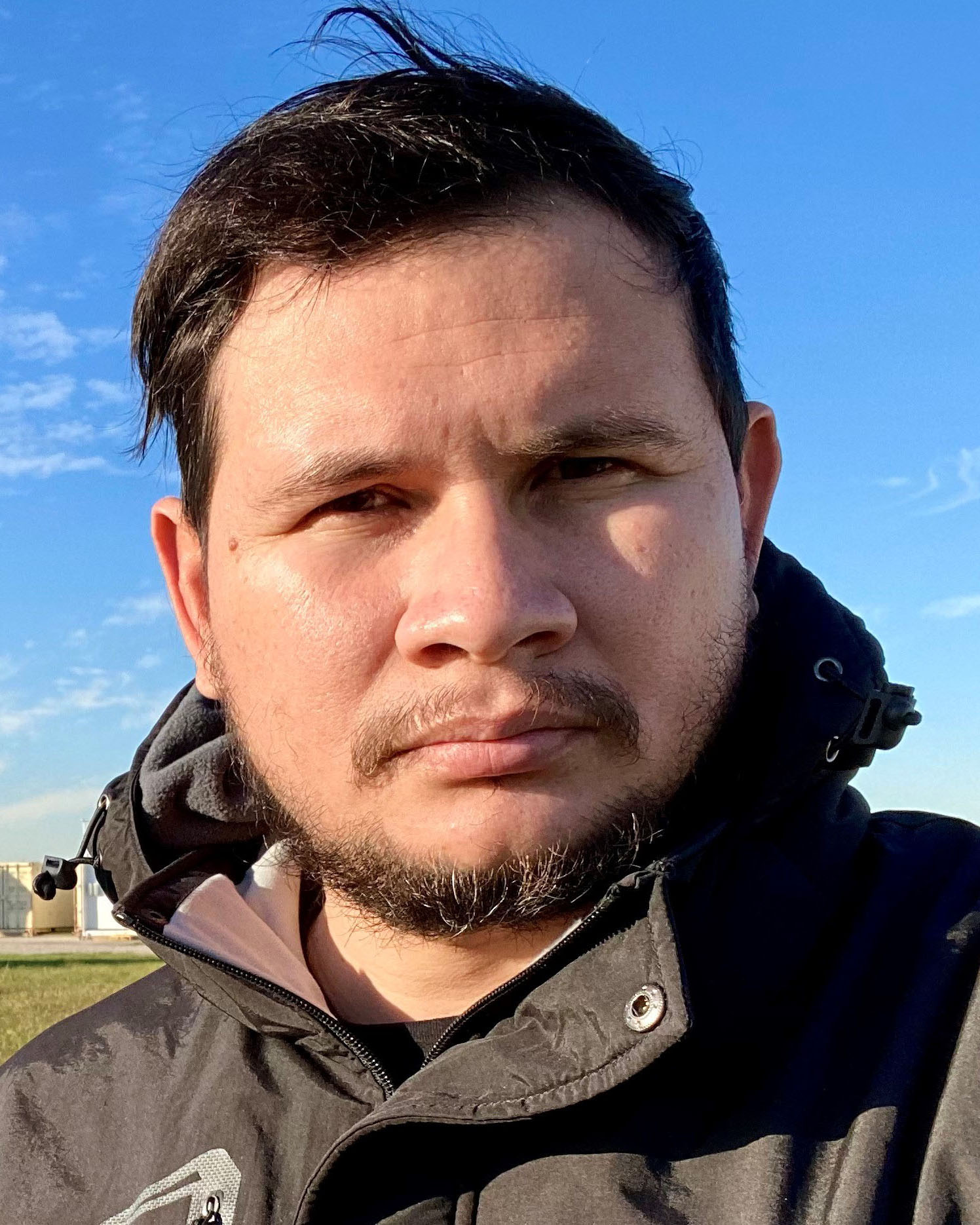
Viegas is now managing AMF1 operations with preparations underway to send it to Baltimore, Maryland, for the Coast-Urban-Rural Atmospheric Gradient Experiment (CoURAGE). The yearlong campaign begins in December 2024.
In addition to his new AMF1 role, Viegas continues to manage operations for ARM’s Eastern North Atlantic (ENA) atmospheric observatory in the Azores. LANL manages the ENA and two of ARM’s three mobile facilities.
Viegas has worked with ARM for over a decade, supporting mobile facility deployments around the world and ENA operations. He was on the deployment team that won a 2020 ARM Service Award for its exemplary work supporting MOSAiC. Learn more about Viegas and his ARM background.
Calibration Baton Passed Along

James Martin is the new ARM calibration technician based at the Southern Great Plains (SGP) observatory in Oklahoma. He succeeds Craig Webb, who retired in January 2024 after more than 31 years with ARM.
Martin has been with ARM for 25 years. He was the Electronics Repair and Calibration Lab technician at the SGP before taking over Webb’s work. SGP Manager Mike Ritsche called Martin the “all-around Mr. Fix It for just about all ARM instruments.” In 2019, he was in the inaugural group of ARM Service Award winners.
Martin is responsible for calibrating an estimated 300 to 400 radiometers and about 20 multifilter radiometer sensors and rain gauges per year for ARM.
“Part of my previous role included calibrating anemometers and LI-7500 gas analyzers, and I still help with these as well,” he says.
Currently, Martin is in Alabama helping with instrument installation for ARM’s Bankhead National Forest observatory, which is scheduled to open in fall 2024.
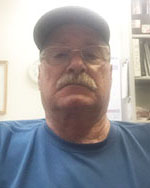
Webb joined ARM in October 1992, about five months after data collection began at the SGP. At first, his work involved installing the SGP extended facilities in Oklahoma and Kansas, as well as helping to develop the Central Facility.
In 1997, Webb helped the National Renewable Energy Laboratory install the Radiometer Calibration Facility. He assisted with the first two years of radiometer calibrations and stayed onsite as the calibration technician.
ARM thanks Webb for his longtime dedication and outstanding work supporting operations from ARM’s infancy to the present day.
Keep up with the Atmospheric Observer
Updates on ARM news, events, and opportunities delivered to your inbox
ARM User Profile
ARM welcomes users from all institutions and nations. A free ARM user account is needed to access ARM data.


















